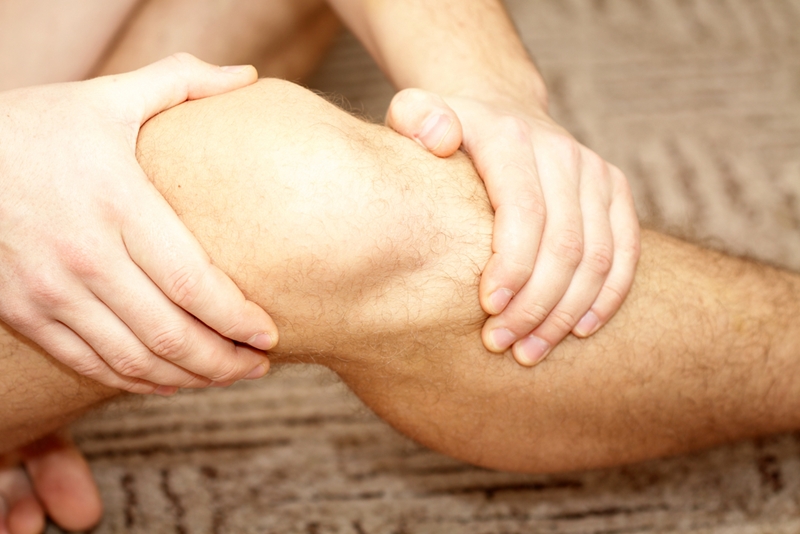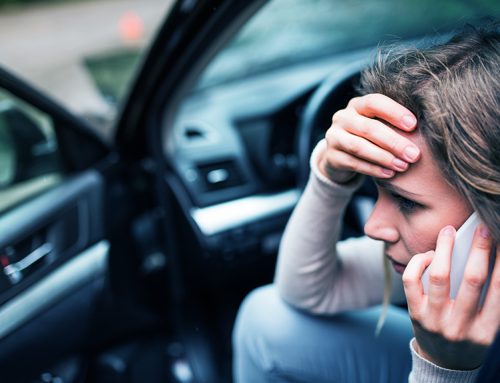4 common car accident injuries and how they’re treated
With the expected introduction of fully autonomous vehicles in the next decade and efforts like the National Highway Traffic Safety Administration’s “Road To Zero” campaign, safety officials are hopeful serious car accidents will be a thing of the past in the not-too-distant future. In the meantime, though, more than 2.2 million occupants are injured in car accidents every year, according to the most recent government data.
From bumps and bruises to broken bones, car accident injuries are all too common today, even with automakers’ efforts to make automobiles more crash resistant. Manufacturers’ efforts have helped, but with more than 95 percent of crashes being behavior-related, no motorist is impervious to injury.
“Motorists’ physical stature plays a role in what injuries are experienced after a crash.”
No two crashes are identical, nor are the effects that result. Indeed, where motorists are positioned plays a substantial role in injury severity, as does their physical stature, according to data from the University of Michigan’s Transportation Research Institute.
However, a few commonalities exist. The following are some of the most frequent injuries that take place after car accidents and how they’re treated.
1. Whiplash
One of the more common soft tissue injuries of them all, whiplash occurs when the head jerks violently, creating stress on the spine and neck. Though it can develop in almost any crash scenario, it’s most common after a rear-end collision. In 2015, the most recent year where data is available, nearly one-third of all crashes were rear-enders, according to the NHTSA’s analysis. Though these accidents tend to be less significant, the adverse health effects can be long-lasting.
Because whiplash symptoms can take time to develop, it can often go undiagnosed, according to the American Chiropractic Association. However, when detected, treatment often includes muscle relaxants, anti-inflammatory prescription medications, range of motion exercises and physical therapy, the National Institutes of Health indicated. In addition, because whiplash can take time to heal, the injury also frequently results in reduced work productivity, resulting from employee absences.
2. Concussion
Severe blows to the head have been in the news a lot lately, especially as they pertain to sports. Indeed, according to a University of Pittsburgh study, an estimated 300,000 sports-related concussions happen every year in the U.S.
They’re also common after car accidents, and diagnosed when symptoms include headache, nausea, double vision or heightened sensitivity to light or loud noises, among others. Concussion severity varies, but the more serious variety result from loss of cautiousness after a crash or confusion in the immediate aftermath. These symptoms may last longer and are distinguishing characteristics of post-concussion syndrome.
Because the concussion injury spectrum is wide, treatment varies. It may involve over-the-counter pain medicine and plenty of rest, or perhaps even surgery if brain scans reveal swelling or internal bleeding.
3. Herniated disc
Just about any back injury can be potentially debilitating, mainly because the back is involved in so many physical actions. They often stem from the small discs that line the back. When just one of these discs is out of alignment, which may happen after a crash, a rupture may develop, resulting in sharp pain. According to the American Association of Neurological Surgeons, other symptoms of a herniated disc include weakness, low back ache and sciatica, a nerve-related injury felt in other parts of the body besides the back, like the thighs.

Knee injuries are more common after accidents when drivers are unbuckled.
Because it’s an internal injury, the diagnosis can take time to determine, often requiring a combination of range of motion exercises and imaging tests, including x-ray, CT scan and MRI. Treatment may involve physical therapy or surgery, depending on injury severity.
4. Lower extremity injury
With a compliance rate in excess of 90 percent, according to the most recent data from NHTSA, most motorists wear their seat belts while driving. That figure still leaves a lot who aren’t buckling up, and by not doing so, knee pain is a common result. According to research from UMTRI, unrestrained drivers are more likely to experience knee injury after a crash than passengers. However, ankle and foot injuries happen at an equivalent rate when occupants don’t buckle up.
Similar to the aforementioned injuries, treatment depends on symptoms and where the injury occurred, but can range from the simple – like physical therapy and pain medication – to the more invasive, like surgery. Afterward, rehabilitation may require crutches to keep pressure off the leg, hip or foot.
Car accident injuries result in pain, suffering and medical bills. If your car accident injury is the fault of someone else and you’re suing, Glofin can help. Click here for more information on what makes a cash advance for lawsuits so worthwhile.



